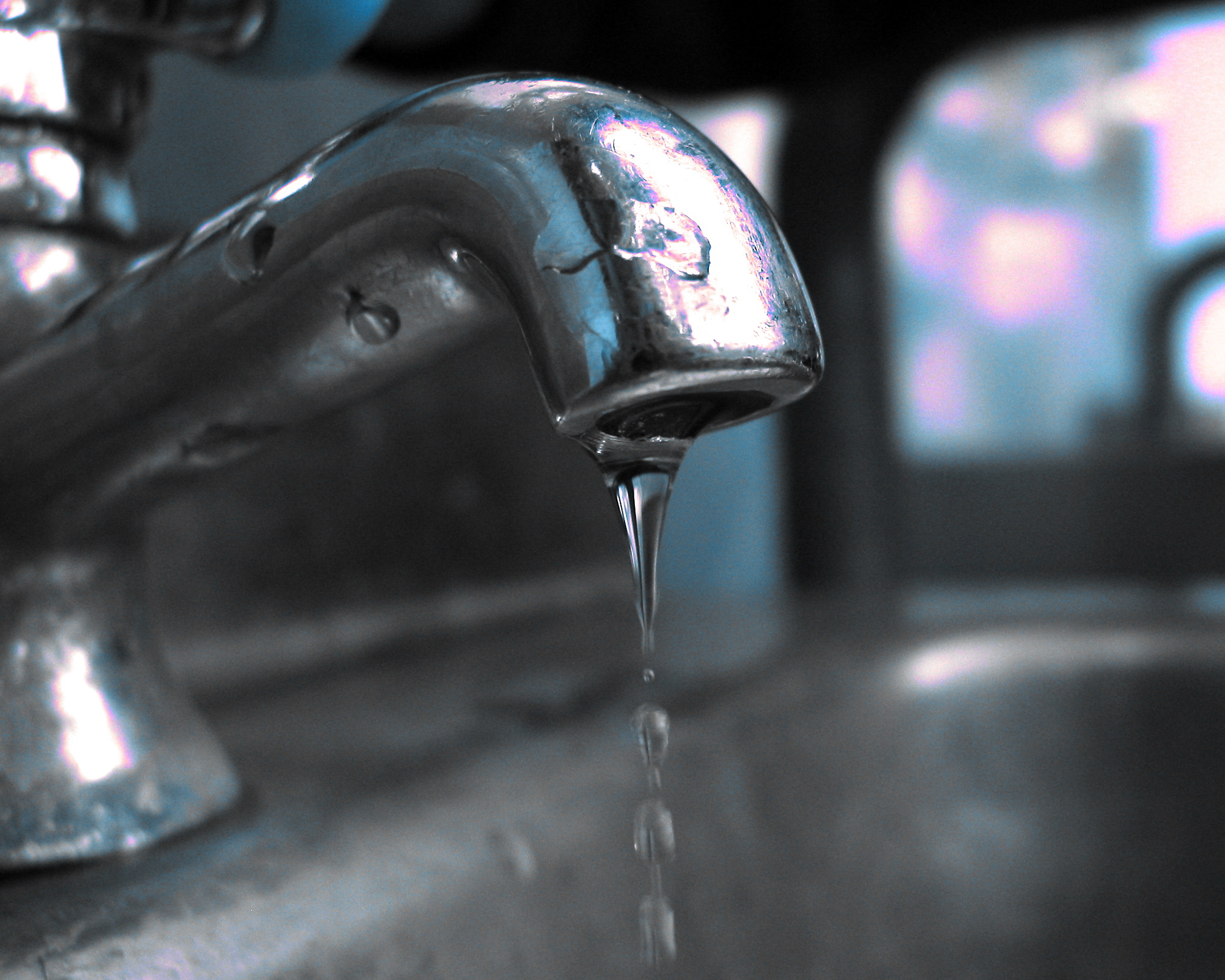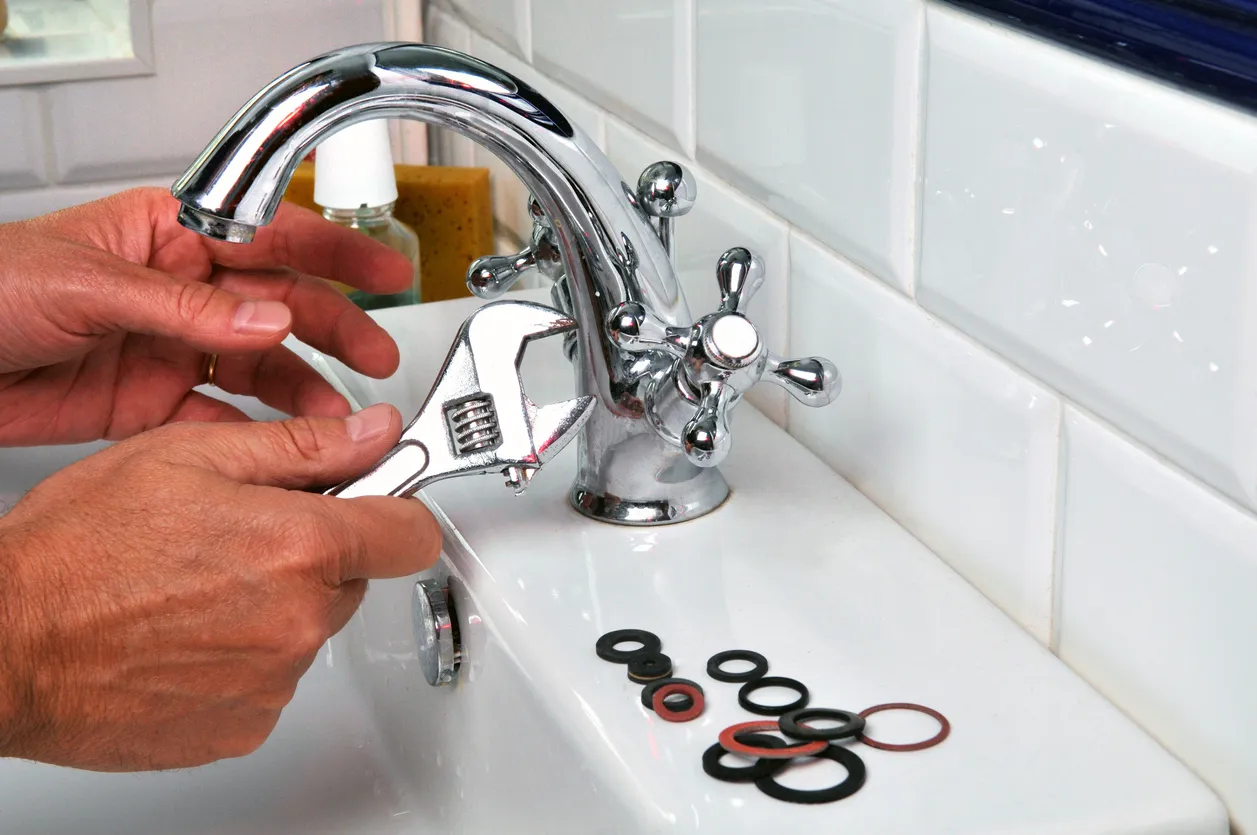The Importance of Dealing with a Broken Faucet
The Importance of Dealing with a Broken Faucet
Blog Article
Just how do you feel in regards to 4 Common Reasons for a Leaky Faucet?

Dripping taps may appear like a minor trouble, however their influence goes beyond just the inconvenience of the sound. From drainage to incurring unnecessary monetary expenses and health and wellness threats, disregarding a dripping tap can result in numerous consequences. In this short article, we'll delve into why it's crucial to address this usual house problem quickly and effectively.
Waste of Water
Environmental Effect
Dripping taps contribute substantially to water wastage. According to the Epa (EPA), a single faucet leaking at one drip per secondly can squander greater than 3,000 gallons of water each year. This not just stress water sources however additionally impacts ecosystems and wildlife based on them.
Financial Expenses
Enhanced Water Costs
Past the ecological influence, trickling taps can blow up water costs considerably. The gathered wastefulness with time converts into higher energy costs, which could have been avoided with prompt fixings.
Possible Building Damages
Additionally, long term trickling can lead to damage to fixtures and surface areas bordering the faucet. Water build-up can cause discoloration, deterioration, and also structural problems if left unattended, causing added repair service prices.
Wellness Worries
Mold and Mildew Development
The constant visibility of moisture from a trickling faucet creates an optimal atmosphere for mold and mildew development. These fungis not only jeopardize interior air top quality but likewise posture health and wellness dangers, especially for individuals with respiratory conditions or allergic reactions.
Waterborne Diseases
Stationary water in dripping faucets can become a breeding ground for bacteria and various other pathogens, increasing the risk of waterborne conditions. Impurities such as Legionella microorganisms prosper in stagnant water, potentially bring about severe diseases when ingested or inhaled.
Do it yourself vs. Specialist Repair
Pros and Cons of DIY Fixing
While some might attempt to take care of a leaking tap themselves, do it yourself repair work come with their very own collection of challenges. Without appropriate understanding and devices, do it yourself efforts can exacerbate the concern or lead to insufficient repair work, lengthening the trouble.
Advantages of Working With an Expert Plumber
Employing a specialist plumber makes sure that the underlying root cause of the dripping faucet is attended to properly. Plumbings possess the experience and tools to detect and fix tap problems efficiently, saving time and minimizing the danger of additional damages.
Step-by-Step Overview to Taking Care Of a Dripping Faucet
Tools Called for
Before trying to fix a dripping faucet, gather the required devices, consisting of an adjustable wrench, screwdrivers, replacement components (such as washing machines or cartridges), and plumber's tape.
Typical Faucet Issues and Their Solutions
Determine the type of faucet and the specific concern creating the drip. Typical troubles include damaged washing machines, corroded shutoff seats, or defective O-rings. Describe manufacturer directions or on-line tutorials for step-by-step support on repairs.
Safety nets
Routine Maintenance Tips
To stop trickling taps, do regular maintenance such as cleaning aerators, examining for leaks, and changing worn-out parts promptly. Additionally, think about mounting water-saving tools or upgrading to more effective fixtures.
Value of Prompt Fixes
Attending to leaking taps as quickly as they're discovered avoids further water wastefulness and possible damage, eventually saving both water and cash in the future.
Effect On Residential Property Value
Understanding of Well-Maintained Building
Maintaining a residential property in good condition, consisting of resolving upkeep problems like trickling taps, enhances its regarded value and charm among potential purchasers or tenants.
Influence on Resale Worth
Residences with properly maintained plumbing components, including faucets, command greater resale worths in the realty market. Addressing leaking faucets can add to a favorable impact throughout home assessments and arrangements.
Ecological Obligation
Private Contribution to Conservation
Taking responsibility for repairing dripping taps straightens with wider efforts toward water preservation and ecological sustainability. Every individual's activities jointly make a significant influence on preserving priceless resources.
Sustainable Living Practices
By focusing on prompt fixings and embracing water-saving habits, individuals add to sustainable living techniques that benefit both present and future generations.
Verdict
Addressing a leaking tap exceeds plain convenience; it's a necessary step toward saving water, lowering financial expenses, and guarding health and wellness and property. Whether through DIY repair work or expert help, doing something about it to fix dripping faucets is a small yet impactful way to promote responsible stewardship of sources and contribute to a much healthier, extra sustainable future.
How to Fix a Leaky Faucet: Step-by-Step Repair Guide
A leaky faucet may seem like a simple annoyance, but if it's not fixed promptly, that leak could cost hundreds to potentially thousands. From water damage to mold, mildew, and high water bills, even a tiny leak can be catastrophic if left unattended. Damage like this can even affect the overall value of your home, so it's important to take the right approach for leaky faucet repair. You may need the help of a plumber in some cases, but we've got a few tips you can try on how to fix a leaky faucet before calling the pros.
Four Faucet Types
When you're learning how to fix a leaky faucet, the first step is knowing what kind of faucet you're working with! There are four common types.
Cartridge Faucets
Cartridge faucets come in one- or two-handled varieties. In one-handled cartridge faucets, hot and cold water combines in a single cartridge. In the two-handled versions, hot and cold water are controlled separately and mixed in the faucet.
Ball Faucets
Ball faucets have a single lever you push up and down to adjust the pressure and rotate to change the temperature. A slotted metal ball controls the amount of water allowed into the spout.
Compression Washer Faucets
They're the oldest type of faucet, but they're still used in many homes — especially older ones. Compression faucets have two separate handles that, when turned, raise or lower the washer that seals a water valve. This valve stops water from flowing through the faucet when it is turned off.
Disc Faucets
Disc faucets rarely need to be repaired due to their maintenance-free design. The water flow is controlled by two discs — the upper one raises and lowers against a fixed lower disc, creating a watertight seal. If your disc faucet starts leaking, you may need to replace the seals or clean residue buildup from the inlets.
Fixing a Leaky Faucet
Step 1: Turn Off the Water
Whether you're learning how to fix a leaky bathtub faucet or how to fix a leaky kitchen faucet, always turn off the water supply to your working area when you're fixing a leak. The last thing you want is a flood added to your list of things to fix.
Look for the shutoff valves below your sink or around the tub and turn them clockwise to stop the water flow. If your faucet doesn't have shutoff valves, you may need to turn off the water for the whole house. Check to make sure it's off by turning the faucet on. If nothing comes out, you're ready to start the repair.
Step 2: Take Apart the Faucet
How you disassemble your faucet depends on the type of fixture you have. You can use a flathead screwdriver to remove the caps on top of the handle or handles for cartridge and compression faucets. Inside, you should see handle screws. Unscrew these with a screwdriver to remove the handle.
Disc- and ball-style faucets will typically have an inlet screw near the handle, and removing that will reveal the interior of the faucet.
Detach the Valve Stem
For cartridge- and compression-style faucets, you'll see the inner valve stem or cartridge once you remove the faucet handles. If you have a compression faucet, unscrew the brass valve stem. If you have a cartridge faucet, pull out the cartridge. If your cartridge has been in place for a while, it may require some tools or extra force to remove it due to mineral deposits.
Examine and Replace Parts
Once you've removed the parts, check them out to confirm what needs to be replaced. You may see corroded rubber washers, O-rings, stems, or cartridges. On a ball-style faucet, check the seats and springs for damage.
If you need to repair a leaky disc faucet, check the inlet and seals on the lower disc.
Once you determine what parts must be replaced, visit your local hardware store. Bring the damaged parts with you to ensure you can purchase the correct components to replace them.
Clean Valves and Faucet Cavity
If you've removed a stem or cartridge, you may notice mineral buildup in the faucet's threads. Use white vinegar to clean the valve seat by soaking it for a few minutes, then scrub it away with a soft toothbrush and rinse with warm water. You can also clean the interior of the faucet in the same way.
Reassemble the Faucet
Once your faucet is cleaned and the required parts have been replaced, it's time to reassemble it. Put the pieces back together and slowly turn the water supply back on. Doing this slowly is crucial because too much initial water pressure can damage the new hardware you've just installed.
https://homewarranty.firstam.com/blog/how-to-fix-leaky-faucet

Do you enjoy reading up on 4 Common Reasons for a Leaky Faucet? Try to leave feedback down the page. We'd be delighted to listen to your views about this entry. We are looking forward that you come back again before long. Are you aware of somebody else who is looking into the subject? Be sure promote it. Thanks a lot for your time. Don't hesitate to pay a visit to our website back soon.
Report this page